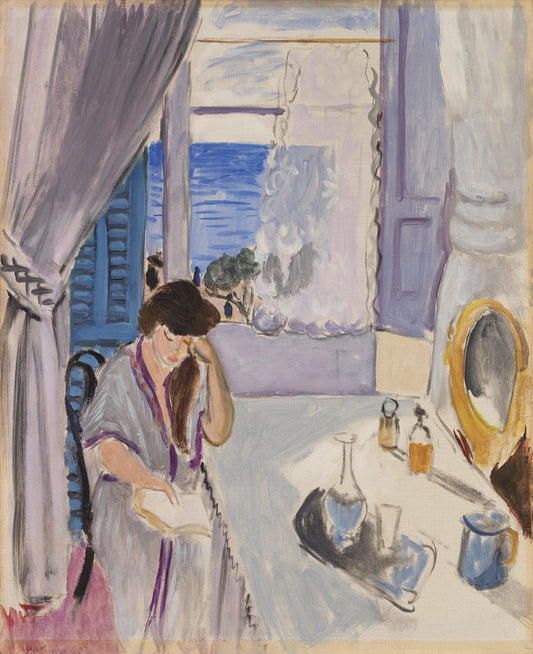A Beginner's Guide to Buying Art for the First Time
If this is your first time buying a work of art, there are a few things we recommend considering before you seal the deal.
-
Get Clear on Your Motivation:
First things first. We recommend starting out with getting clear about what you’re buying and why. Is your intention to buy something you love purely because you love it or to buy something you’d also like to be an investment? There are different types of purchases in the art world. If you’re buying a work because you love it, it’s a much simpler task to figure out if you can afford it, and if the price is something that you think is worth the passion you have for it. If you’re buying with an investment goal and you want it to actually have long-term value in the future, it may be a more calculated purchase. It’s very important for a first-time collector to know that there are various factors that affect the price of the work, for example, a work on canvas is generally more valuable than a work on paper by the same artist; or if it’s an edition versus a one-of-a-kind piece. -
Know Your Space:
Where do you plan to hang your new painting or place your sculpture? Have you measured the space prior to purchasing the artwork? Make sure it’s going to fit! We usually suggest to our clients and collector friends to keep a list in the iPhone notes App with specific measurements of walls and spaces that they are looking to fill (with images of the space too) so when they see something either at an art fair or gallery, they can make decisions on the spot and not risk losing something they love to another buyer. -
Quality Over Quantity:
We hear from clients and agree completely that buying art can be addictive once you get into it! Remember to be thoughtful rather than impulsive when it comes to buying work. There will always be something else out there you love if something you’re really interested slips away. You may find your taste evolving or trends changing rapidly over the course of a year so stay open to change and an ever evolving art market. -
Balance Your Risk:
As with other forms of investment, higher returns are often correlated with higher risks. You may see or hear of other collectors buying young emerging artists and making a nice return reselling them later and it may be tempting to join them as that momentum is building. However, one of the pillars that we believe strongly in is that art should not be purchased purely for investment purposes. Buying something you love that you will enjoy living with, made by an artist you believe in is the best starting point.

[Install Shot of a painting by Studio Lenca recently installed in a Miami Collector's home]
Art Collecting Logistics to Consider
So you’re about to pull the trigger on your first piece of art. Very exciting! Here are some key logistical things to consider before you do:
-
Authenticity Guarantee & Documentation:
Ideally your work is signed or inscribed by the artist. But make sure you also see and receive a Certificate of Authenticity for your work, particularly if it is an edition or multiple. This document will come in handy when you need to insure the work and necessary to prove that the work is authentic. We recommend storing this in a safe place so that if your art collection grows or you reach a point where you want to donate or sell certain pieces, you’re prepared to do so. There should be a clear, traceable path from artist to owner, and it should be documented, so save emails, invoices, and receipts. In many cases, the invoice or bill of sale for your unique work acts as the certificate of authenticity. If you eventually want to appraise or sell a work, it’s important to have this documentation. -
Shipping and Installation:
These are costs to consider when purchasing fine art as they are typically incurred by the buyer. Make sure to ask the selling gallery, website or dealer for a shipping quote or two to compare and get the best rate. If you’re organizing shipping on your own from an artist directly, always try to get two or three quotes for comparison. Installation is usually available for an additional price via the shipping companies, just make sure you book it in advance along with shipping as most companies are on a tight schedule and will plan to just drop and go unless directed otherwise. -
Insurance:
Do you have insurance set up for your art collection? Is fine art covered under your home insurance policy and if so, up to what value? It is very easy and relatively inexpensive to set up a fine art insurance policy. We recommend going with a blanket policy up to a certain value that covers your entire collection in your home and also during transit. Typically when you purchase a work of art, the moment you pay for it and title transfers the responsibility to insure the work is on you, including shipping from the seller to you, the new owner.
Still lost or looking for more help with these and other areas? Contact the Komo team at hello@komoart.com.




